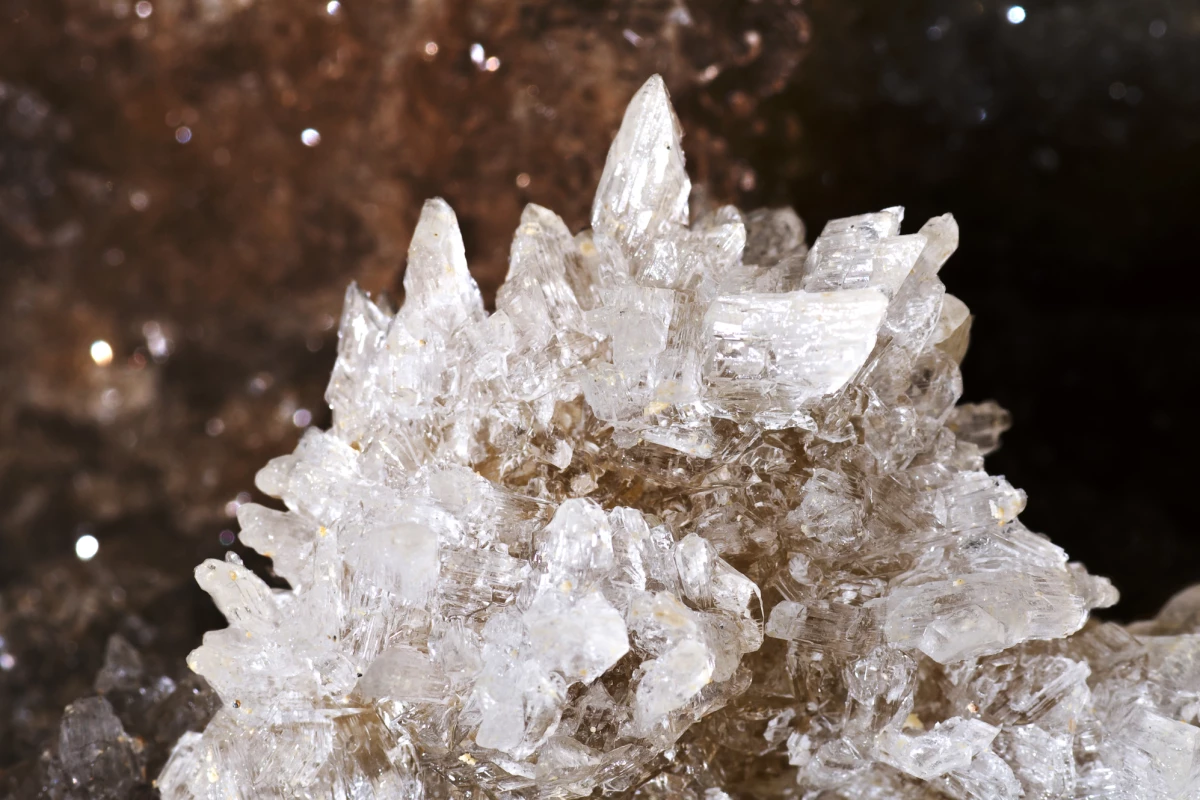Composed mainly of calcium sulfate dihydrate, gypsum is a naturally occurring mineral used in cement, drywall, plaster and other building materials. Scientists have now devised a method of creating synthetic gypsum, which should be more energy efficient than processing the genuine article.
Ordinarily, gypsum that's mined from the ground has to be crushed into a powder before it can be used. Doing so consumes a considerable amount of electricity. Additionally, not all countries have plentiful gypsum deposits to exploit.
Seeking a more sustainable alternative, an international consortium of research institutes instead looked to existing waste products as source materials. More specifically, they combined three key ingredients: sulfuric acid left over from the production of heat-resistant fibers, limestone powder produced as a byproduct in the processing of limestone, and water.
After these substances were mixed and processed, the result was a synthetic form of gypsum that was at least 95 percent calcium sulfate dihydrate by weight. In fact, three types of synthetic gypsum (or gypsum-like products) were created in three different ways.
By boiling the ingredients in a traditional gypsum boiler, the scientists were able to produce building gypsum – it is used mainly as a heat-resistant, moisture-holding, sound-absorbing and fireproofing material. When the materials were instead placed in an autoclave, a high-strength grade of gypsum was the result. And when the substances were fired and then cooled, a gypsum precursor known as anhydrite was produced – it is used along with gypsum in construction materials, plus it's utilized as a drying agent in plaster, paint and varnish.
In all cases, the synthetic gypsum was found to match or in some cases exceed the quality of the corresponding type of natural gypsum. Its production was less energy-intensive, however, plus it made use of waste products that might otherwise simply be discarded.
The research was conducted by scientists from Russia's National University of Science and Technology, Belarusian State Technological University, the National Academy of Sciences of Belarus, and Ireland's University of Limerick. It is described in a paper that was recently published in the Journal of Industrial and Engineering Chemistry.




